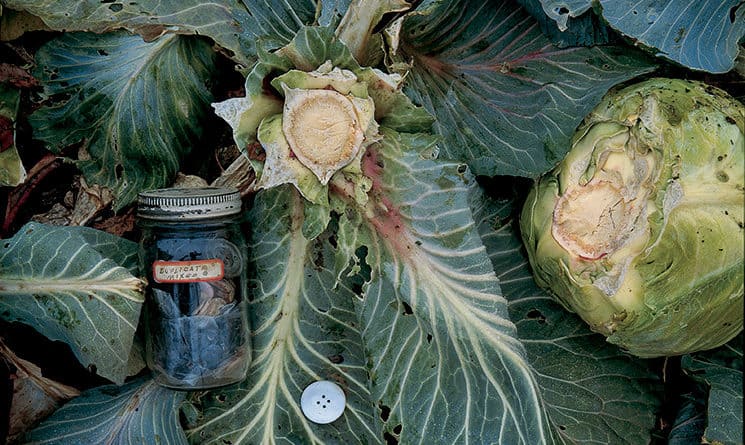Dragging a vintage ironing board to the ocean was Rose Marasco’s way of honoring someone she read about, a housewife without time for her art.
“I was just doing what I had to do,” she said.
But the photograph she took did more than honor the housewife. It also marked the moment Marasco felt at home in Maine, an artist worthy of rendering its iconic rocky coast.
“I looked at it and laughed. I never would’ve done that the first 10 years I was here. The water is so powerful. I feel like I wouldn’t have owned it or interrupted it in any way,” she said. “I looked at it and thought, ‘Oh, I get it. I’m here now.’”
Marasco has been living and working in Portland for more than 35 years, and in her own words, has been a presence in the local art scene. She may be the most prolific fine art photographer in Maine.
“I was attracted to Maine obviously because of the beauty, but really Portland. There were a lot of artists here,” she said. “It was definitely the right thing for me. I became part of the scene here instantly.”
A retrospective of her career so far, “Rose Marasco: index,” recently opened at the Portland Museum of Art, and remains on view through Dec. 6. Also, in conjunction with the Maine Photo Project, the Ogunquit Museum of American Art is showing a selection of her photographs of Maine in “Patrons of Husbandry,” June 5 to July 5.
The Maine Photo Project highlights the state as a destination for photographers. Marasco has captured the essence of the area in many ways, but her work is typically more of a personal insight than a reflection of her surroundings.
“I’m just being who I am. It’s all connected to me, in my heart, to what I care about.”
— Rose Marasco
The idea of photography as a window, rather than a mirror, goes back to her training at the Visual Studies Workshop in Rochester, N.Y., in the 1970s. The school is known for pioneering this way of thinking.
The perception of a human presence, the person behind the camera, is what unites four decades of Marasco’s photography. She wouldn’t call the show “eclectic,” although it displays a wide range of subject matter and techniques. It is all one person’s experience and expression.
“I’m just being who I am. It’s all connected to me, in my heart, to what I care about,” Marasco said.
There is the vibrant but blurred pinhole photography of New York City, printed by inkjet, and then there are gelatin silver prints mounted to aluminum that document rural Maine through its fading Grange Halls, for examples. They’re very different, but both of these places are significant to her.
As far as technique and equipment goes, she says, “I just use the best way to express what I’m discovering as I go along.”
Her work challenges how we perceive imagery and attempts to expand on that, and it considers conflicts between how we are perceived versus who we are. The theme of exterior versus interior runs throughout, whether it’s a study of women’s roles or architecture, or a combination thereof.
A detail from “Projections No. 5” by Rose Marasco.
The exhibit is curated in such a way that the viewer follows the evolution of Marasco’s work. The photos on one floor introduce her natural talent and experimental expression. The corridor upstairs narrows in on details from her life and her unique perspective, and it opens up to a room of her most sophisticated and stirring work.
The Domestic Objects series is especially moving. It’s a sort of memorial to women whose legacies are button collections and diary entries about the weather. In the imperfect details of cursive handwriting, stitches of thread, and rust stains in the sink, there is the undeniable presence of these women. But Marasco’s subtle presence is felt in the collecting and arranging of the objects. The mostly antiquated things in these photos are so lovingly composed that they become entirely precious and indispensable. They become portraits of women who may have lived without ever feeling seen.
But that does not describe Marasco. “I had a moment when I could see it all for the time,” she said about the show. “I haven’t had any time to reflect, but I could see it all.”
Marasco, who was born in Utica, N.Y., in 1948, retired last year from teaching at Southern Maine University. But this retrospective isn’t about the past. It’s about being present.
Her next series may come from Japan, where she’ll be traveling this fall.
“Rose Marasco: index” is on view at the Portland Museum of Art, which is located at 7 Congress Square, Portland, Maine, and online at portlandmuseum.org.
Top of page:a detail of “Duplicate Mixed” by Rose Marasco.

